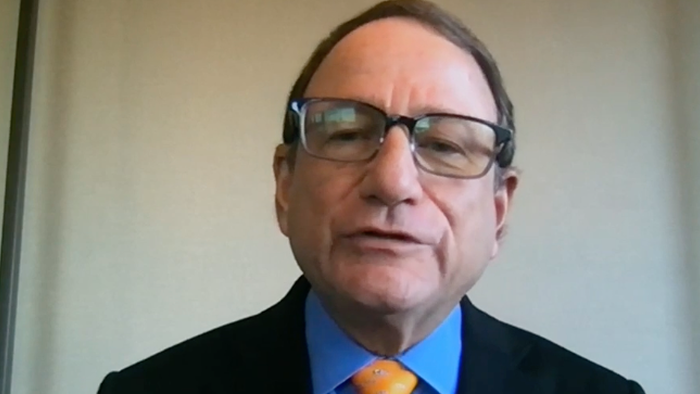As the U.S. presidential elections draw near, corporate media outlets continue to portray an optimistic image of the economy, particularly following reports of increased retail sales. However, the reality of the situation appears starkly different for many Americans, who perceive the mainstream media’s narratives as misleading. The ongoing inflation and rising interest rates have led to higher costs of living, compelling individuals to spend more while getting less in return. Many are struggling under the weight of depleted savings and cumbersome credit card debt as they attempt to manage escalating expenses related to food, energy, insurance, and housing. The impact of this economic strain, largely attributed to what critics refer to as ‘failed Bidenomics,’ has been especially harsh on low- and middle-income families, raising concerns about their financial stability as the holiday shopping season approaches.
The financial strain on consumers has prompted experts to sound the alarm about the evolving economic landscape. Gerald Storch, the CEO of Storch Advisors, recently highlighted the struggles that consumers are facing, suggesting that while spending might still be occurring, it doesn’t reflect true economic health. He indicated that consumer spending is now growing at a rate slower than inflation, suggesting that families are being forced to tighten their belts as their financial reserves dwindle. Storch expressed skepticism about the upcoming holiday shopping season, predicting only modest growth—if any. He emphasized that a growth rate of just 2.5% would be considered a success in the currently strained economic climate, which starkly contrasts with the more robust growth seen during better economic times.
Storch’s dire forecast came in response to broader trends identified by major financial institutions, which point to a “trade-down phenomenon” affecting consumers across the socioeconomic spectrum. Higher-income shoppers are beginning to exhibit the same cost-conscious behavior traditionally associated with lower-income individuals—a trend reminiscent of the financial crisis of 2008. This shift is alarming, as it suggests that the economic distress is not confined to one demographic but is widespread and affecting a diverse range of consumers. Furthermore, recent insights from the National Retail Federation’s Prosper Insights & Analytics survey have revealed lower spending forecasts for events such as Halloween, mirroring patterns observed just before the onset of the COVID-19 pandemic.
The looming holiday shopping season, particularly key retail events like Black Friday and Cyber Monday, is generating significant attention from analysts and retailers alike. Many are closely monitoring these events to gauge consumer sentiment and spending patterns. Storch noted the inherent challenges of this year’s holiday shopping season, pointing out that it is shorter than usual, which could further complicate matters for retailers. He posited that factors such as ongoing uncertainty regarding the upcoming elections, geopolitics, and the overall economic environment will contribute to a subdued shopping period, which retailers desperately rely on to bolster their annual sales figures.
In addition to financial challenges, there are broader social implications tied to the current economic landscape. The stress and anxiety associated with financial uncertainties have contributed to rising alcohol consumption rates across the country—marking levels not seen since the inflationary crisis of the 1970s. The increase in drinking behaviors, particularly among millions of Americans facing economic hardships, highlights a troubling trend wherein individuals are seeking temporary relief through substances as they navigate life’s mounting pressures. These developments reiterate the argument that the ramifications of economic distress extend beyond mere numbers; they also manifest in significant shifts within society and individual behaviors.
As the holiday season approaches, it is evident that many Americans are grappling with a complex and unsettling financial landscape. The disconnect between the optimistic narratives presented by corporate media and the lived experiences of average citizens has never been more pronounced. Inflation has outpaced consumers’ purchasing power, leading to a pervasive sense of vulnerability and instability. As economic uncertainty continues to dominate discussions, the emphasis will likely remain on how families adapt to these evolving circumstances, making tough choices, and prioritizing their essential needs amidst a troubled economic environment. The outcomes of the upcoming shopping season, coupled with ongoing economic and political challenges, will undoubtedly shape the broader narrative surrounding the state of the U.S. economy in the months to come.

